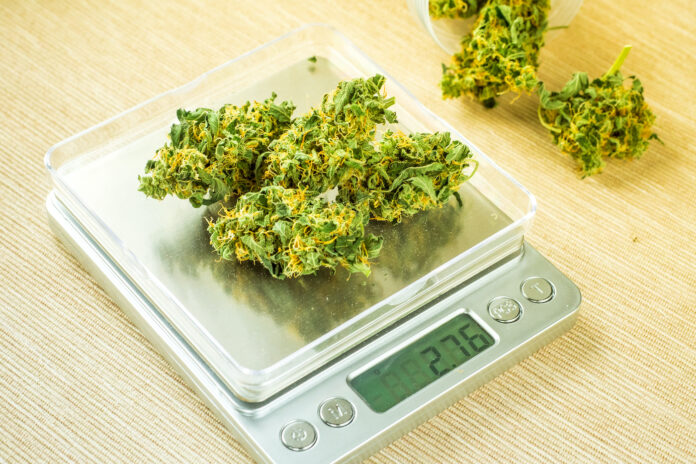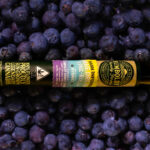LINCOLN, Neb. – Cannabis consumers are getting ripped off.
So says a report from a nonprofit nongovernmental organization that has set weights and measures standards for the United States since 1905. According to the National Conference of Weights and Measures (NCWM), retail shoppers have a 71 percent chance of buying flower that weighs more than one-fifth less than what the package states. In Oregon, underweight complaints are the state’s top consumer complaint.
“In the retail cannabis trade, insufficient attention and guidance is given to moisture migration in or out of some cannabis packaging and as a result, the contents of some cannabis flower packaging have been found to be underweight, resulting in the patient/consumer paying for weight that they are not receiving,” the conference’s interim meeting report states. “If you were shopping at any one of three stores of a popular brand you’d have a 71 percent chance of buying a supposedly 1.75g package that is 21.6 percent underweight, meaning you have a 71 percent chance of being ripped off by $5 (assuming a $10-per-gram price).”
In an effort to promote fair competition, foster confidence in marketplace transactions, and ultimately ensure consumers “get what they pay for,” the NCWM is proposing new moisture standards for the National Institute of Standards and Technology (NIST), a division of the U.S. Department of Commerce, to adopt in the next edition of its published handbook.
To help restore consumer confidence, the NCWM is proposing a moisture variation allowance of 3 percent for packaged cannabis. This threshold is consistent with other items in the NIST handbook and aligns with California regulations that outline the same tolerance. Other consumer products with the same moisture allowance include flower, dry pet food, pasta products, and fresh poultry.
To help develop the threshold, researchers tested for moisture loss using “industry-typical packaging and packaging material” over 12 weeks in a laboratory setting. They found a loss of three percent appropriate and reasonable for cannabis. While some members of the group voiced concern about the relatively small size of the study, the findings are expected to remain unchanged and the NCWM chairman expects the guidelines to remain intact.
The NIST is a relative newcomer to the cannabis and hemp industries. The federal agency is tasked with promoting American innovation and industrial competitiveness through precise standards. On July 8, the agency announced the release of Hemp Plant 8210, a sample designed to help cannabis testing labs calibrate their equipment and verify testing methods. NIST calls the $174-per-gram plant material “some of the most carefully quantified cannabis ever sold.” The commercially purchased hemp is ground and measured to achieve a consistent particle size and a total THC concentration just below the legal threshold of 0.3 percent for hemp.
While many Republican lawmakers are trying to ax rescheduling and hemp by amending must-pass appropriations bills, other arms of the federal government are still moving toward policy reform and building the framework required to support it.













